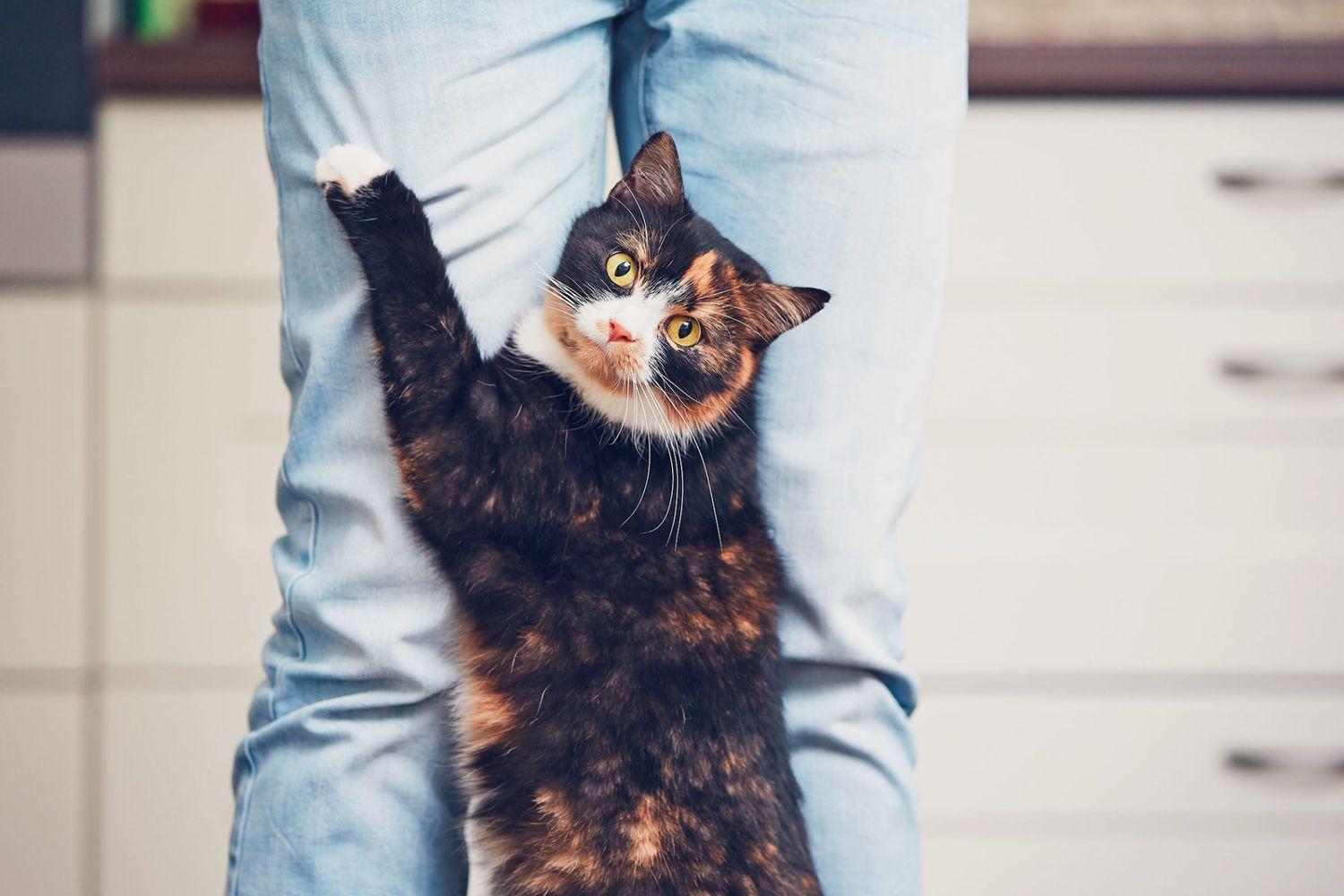Health Risks Associated with Standard Clay Cat Litter
Health Risks Associated with Standard Clay Cat Litter
Blog Article

Cat litter and litter boxes play an essential role in the lives of both felines and their owners. From the modest beginnings of sand and soil to the innovative improvements these days, the world of cat litter has actually evolved significantly. In this detailed guide, we look into every element of cat litter and litter boxes, exploring their history, types, advantages, obstacles, and whatever in between.
The history of cat litter go back centuries, with ancient civilizations utilizing sand, soil, and even ashes as primitive litter products. Nevertheless, it wasn't until the mid-20th century that modern cat litter as we understand it emerged. In 1947, Edward copyright introduced the world's first commercial cat litter made from absorbent clay, transforming the way cats relieved themselves inside your home. Ever since, cat litter has actually gone through various changes, with the introduction of clumping litter, silica gel litter, naturally degradable choices, and more.
Today, cat owners are spoiled for choice when it comes to selecting the right litter for their feline buddies. Standard clay litter stays popular for its price and efficiency in taking in smells. Clumping litter, which forms solid clumps when wet, simplifies cleaning and upkeep. Silica gel litter, made up of extremely absorbent silica crystals, provides exceptional odor control and longevity. Naturally degradable choices, such as recycled paper, wood pellets, corn, and wheat, attract environmentally conscious customers.
Each kind of cat litter provides distinct advantages. Clay litter excels in its ability to absorb wetness and control smells, making it a reliable option for lots of feline owners. Clumping litter simplifies daily scooping and extends the time in between total litter modifications. Silica gel litter provides extraordinary smell control and can last longer in between replacements. Eco-friendly litters use a sustainable option that reduces environmental effect.
While cat litter boosts indoor feline hygiene, it is not without its obstacles. Dust from clay litter can present respiratory risks for both felines and people, prompting the appeal of dust-free alternatives. Some felines might develop litter box hostility due to problems with texture, scent, or tidiness, necessitating experimentation with various litters and box configurations. Multi-cat households might require tactical litter box placement and regular maintenance to self cleaning cat litter box avoid territorial conflicts and ensure all felines have access to clean centers.
Selecting the proper litter box is important for promoting favorable litter box practices and total feline well-being. Aspects to consider consist of size, ease of access, and design choices. Covered litter boxes provide cat litter boxes privacy and assistance contain odors, but some felines may discover them confining or daunting. Open-top litter boxes offer easy gain access to and exposure however may lead to more litter scatter. Automatic self-cleaning litter boxes streamline upkeep but need routine monitoring and maintenance.
Proper litter box upkeep is vital for guaranteeing a tidy and inviting environment for both cats and their owners. Daily scooping gets rid of waste quickly, decreasing odor and dissuading litter box hostility. Regular litter replacement, normally every 1-2 weeks, prevents bacterial accumulation and keeps optimal absorbency. Comprehensive cleansing with mild detergent and water, preventing extreme chemicals that might hinder cats from using package, need to be performed monthly.
Cat litter and litter boxes play a central function in cultivating a healthy and harmonious relationship between felines and their human buddies. With a diverse range of litter alternatives and litter box styles available, cat owners have the flexibility to customize their choices to fit their felines' choices and household requirements. By comprehending the advancement, types, benefits, Wood Cat Litter and challenges of cat litter and litter boxes, animal owners can offer their feline good friends with a comfy and sanitary indoor environment.